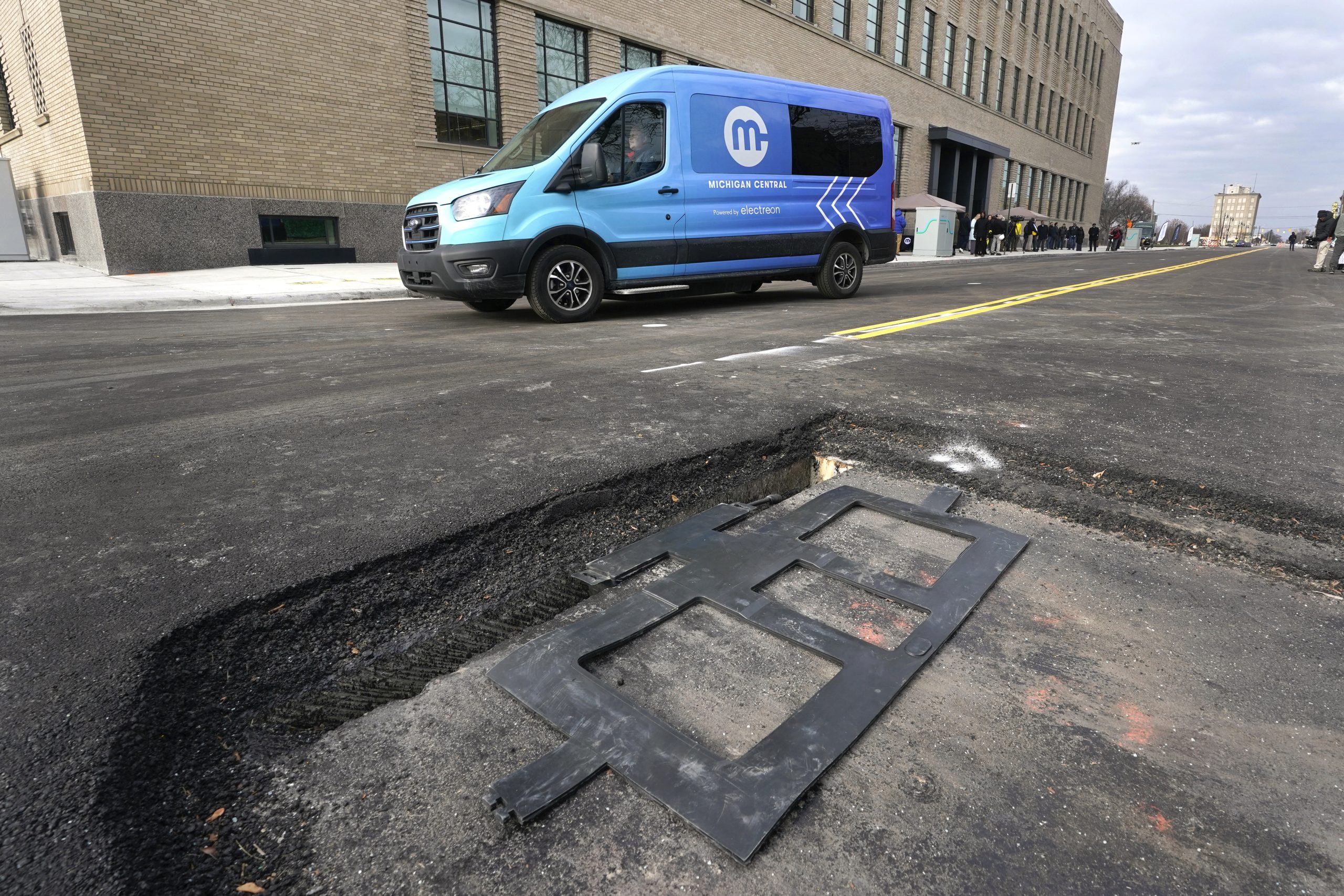The city of Detroit has always been at the heart of automotive innovation, and it continues to lead the way with the installation of the nation’s first wireless-charging public roadway for electric vehicles. This groundbreaking technology, developed by Israel-based company Electreon, utilizes copper inductive charging coils embedded beneath the surface of the road to charge electric vehicle batteries while driving, idling, or parking above the coils. With this new wireless-charging system, Detroit is paving the way for a zero-emission mobility future, where electric vehicles become the norm rather than the exception.
How Does Wireless Charging Work?
When a vehicle equipped with a receiver approaches the charging segments on the road, the coils beneath the surface transfer electricity through a magnetic field, charging the vehicle’s battery. It’s important to note that the coils only activate when a vehicle with a receiver passes over them, ensuring the safety of pedestrians, motorists, and animals. This innovative technology not only addresses limited range, grid limitations, and battery size and costs but also eliminates the need for traditional charging stations and cables, making electric vehicle charging more seamless and convenient than ever before.
Testing and Perfecting the Technology
The quarter-mile segment of 14th Street in Detroit will serve as a testing ground to refine and perfect the wireless-charging technology before making it available to the public within a few years. The Michigan Department of Transportation, along with Electreon, has made a five-year commitment to develop the electric road system, showcasing their dedication to staying ahead of the curve and leading the way in electric vehicle technology. The success of this pilot initiative in Michigan could potentially pave the way for similar roadways across the United States.
Advantages of Wireless Charging
The installation of the wireless-charging public roadway brings numerous advantages to the table. First and foremost, it eliminates the range anxiety that often plagues electric vehicle owners, as the ability to charge while driving significantly extends the distance that can be covered on a single charge. Additionally, the wireless-charging system helps address grid limitations by reducing the strain on existing charging infrastructure. With the Biden administration’s commitment to building half a million EV charging stations, this technology aligns perfectly with the government’s infrastructure goals and positions Michigan and Detroit at the forefront of electric vehicle innovation.
The Michigan Central Innovation District
The Michigan Central innovation district, where the wireless-charging public roadway is located, serves as a hub for advancing technologies and programs that address barriers to mobility. It is also the site where Ford Motor Co. is restoring the old Michigan Central train station to develop self-driving vehicles. By integrating the wireless-charging technology into this innovation district, Detroit is positioning itself as a hotbed for cutting-edge automotive research and development.

Electreon’s Expansion Plans
Electreon, the company behind the wireless-charging technology, has already secured contracts for similar roadways in Israel, Sweden, Italy, and Germany. The success of these projects, combined with the pilot initiative in Michigan, demonstrates the global potential of wireless charging for electric vehicles. As more countries and cities adopt this innovative technology, the widespread adoption of electric vehicles becomes increasingly viable, overcoming barriers such as limited range and the need for extensive charging infrastructure.
Revenue Models and Future Expansion
While no decisions have been made regarding revenue models for the wireless-charging system in Michigan, the technology itself is designed to be user-friendly and secure. Users will be verified and authenticated, ensuring that only authorized individuals can access the charging capabilities. As the technology continues to evolve and gain traction, it is likely that revenue models will be developed to support the maintenance and expansion of the wireless-charging infrastructure.
Conclusion
The installation of the nation’s first wireless-charging public roadway for electric vehicles in Detroit marks a significant milestone in the future of electric vehicle charging. By harnessing the power of copper inductive charging coils embedded beneath the road surface, electric vehicles can now charge while driving, eliminating range anxiety and reducing the strain on existing charging infrastructure. This innovative technology, developed by Electreon, positions Detroit and Michigan at the forefront of electric vehicle innovation, showcasing their commitment to a zero-emission mobility future. As the wireless-charging system undergoes testing and refinement, the potential for widespread adoption and expansion across the United States and beyond becomes increasingly promising. The future of electric vehicle charging is wireless, and Detroit is leading the charge.
